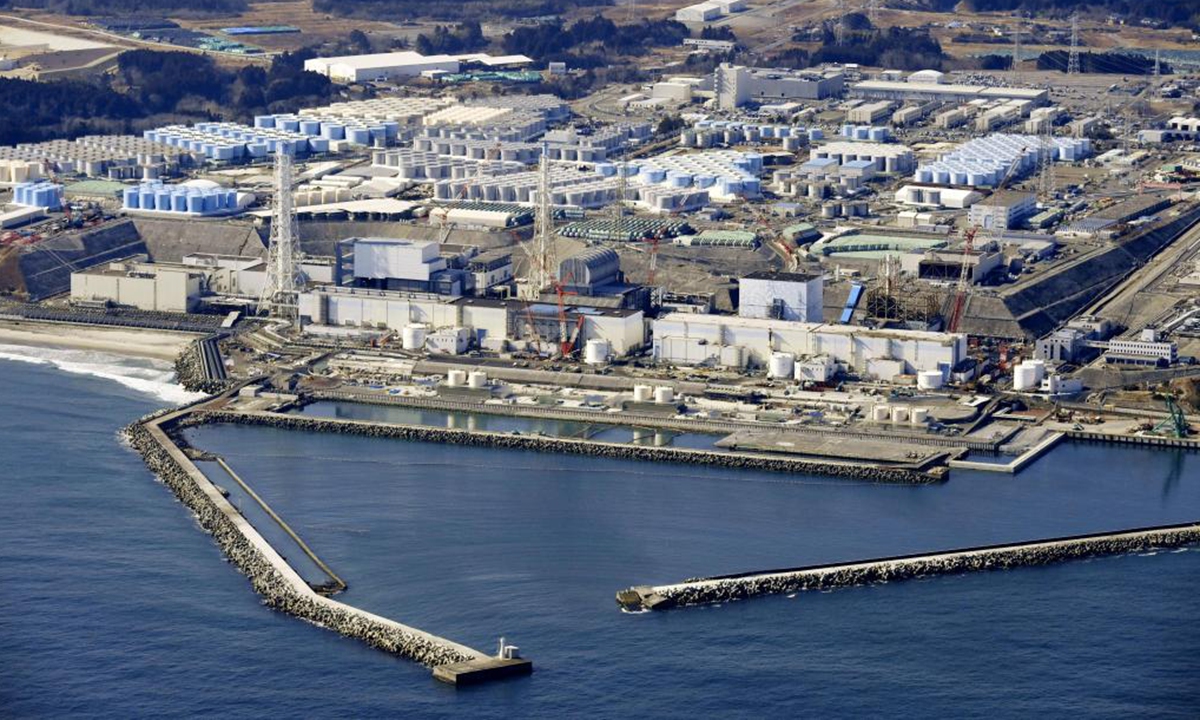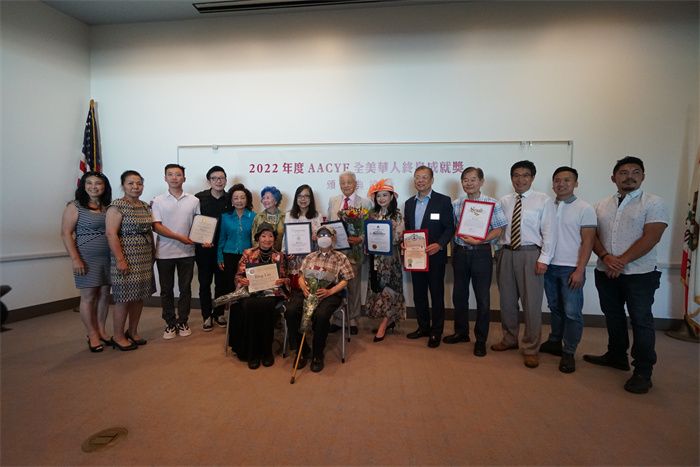
Tanks at the crippled Fukushima nuclear power plant store nuclear-contaminated wastewater. Photo: Xinhua
An International Atomic Energy Agency task force began a mission Monday in Japan to review the controversial planned release of treated water from the Fukushima nuclear plant into the ocean.
More than a million tons of processed water has accumulated in tanks at the crippled plant since it went into meltdown following a tsunami in 2011 and storage space is running out.
An extensive pumping and filtration system removes most radioactive elements, and Japan says the plan to dilute and release the water over several decades is safe.
The IAEA has endorsed the release, which it says is similar to the disposal of wastewater at nuclear plants elsewhere.
But the plan adopted by the government in April 2021, which is expected to begin as soon as March 2023, sparked ire from neighboring countries over environmental and safety concerns.
It also generated fierce opposition from local fishing communities, who fear it will undermine years of work to restore confidence in their seafood.
Plant operator TEPCO and the Japanese government are hopeful that IAEA monitoring of the process will boost confidence.
"This week we will conduct a mission to review the action, plans, data, and relevant documents, to assess their compliance against the provisions included in international safety standards," said Gustavo Caruso, director and coordinator of the IAEA's nuclear safety and security department.
He said the task force would be scrutinizing elements including the "radiological characterization of the water to be discharged" and as well as the impact on people and the environment.
Debate over how to handle the water has dragged on for years, as space to store it at the site runs out, though some critics have suggested there could be ways to store more water until a new plan is devised.
The IAEA team will be in Japan from Monday to Friday and will visit the plant site and give a press conference at the end of their trip.
AFP














